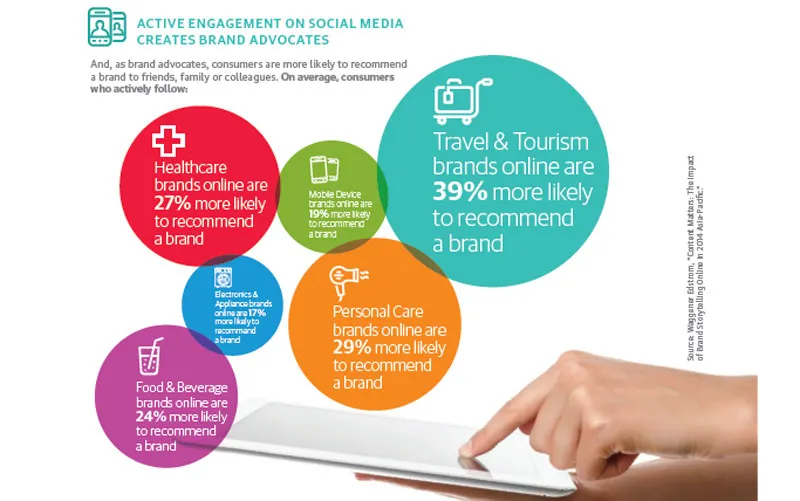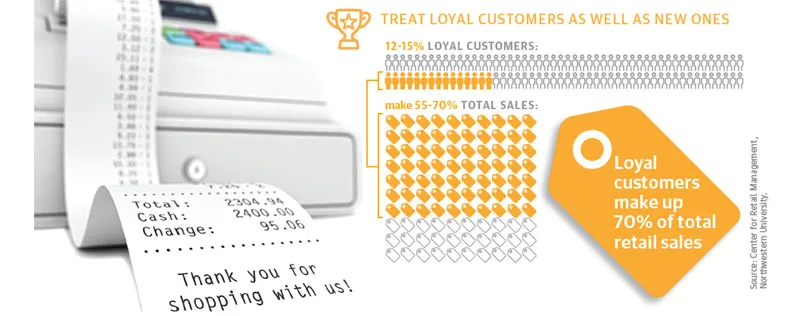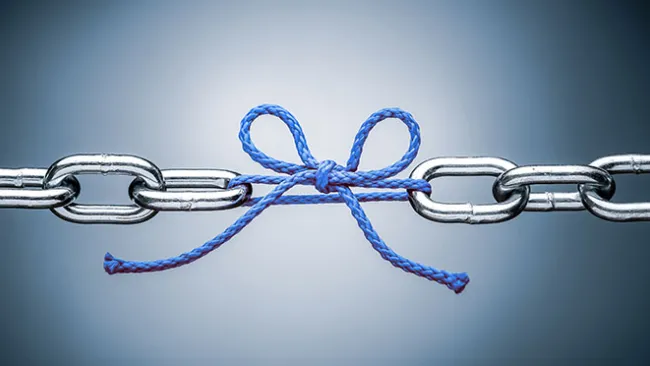Customer loyalty is a holy grail for many companies. And in recent years, loyalty programs that reward customers for remaining faithful to the brand have grown steadily. Between 2008 and 2012, U.S. loyalty memberships have risen by 10 percent per year, expanding to more than 23 memberships per household, according to McKinsey & Company.
Yet despite their growth and popularity, loyalty programs don’t automatically pay off for businesses. According to a McKinsey analysis of 55 publicly-traded U.S. and European companies, organizations that either spend more on loyalty or have highly visible loyalty programs have had 10 percent lower EBITDA margins (earnings before interest, taxes, depreciation, and amortization) than companies that don’t since 2002.
While McKinsey points to many possible reasons for this disparity, a key discovery is that some of its clients were not investing in either its most loyal or its best customers. Simply instituting a points program will not in itself engender loyalty or drive business results. Without a strategy ahead of the implementation, you may end up investing in technology that costs more than the value it provides. For its part, Peppers & Rogers Group has found that companies with well-crafted, detailed loyalty programs cater effectively to high-value, high-potential customers to build relationship strength over the long term.
In addition, “a loyalty program can ensure that customers have an incentive to identify themselves to you, so you can better keep track of their purchases and other transactions,” says Don Peppers, founding partner at Peppers & Rogers Group.
“Longitudinal insights” generated by loyalty program activity about how customers behave enable decision makers to better understand individual customer journeys and improve the customer experience. Meanwhile, loyalty program rewards can also be used to strengthen engagement and develop deeper relationships with customers.
Ultimately, companies that understand what matters most to their customers, engage with them effectively, and take the steps to deliver on customer expectations will nurture loyalty and increase long-term customer lifetime value.
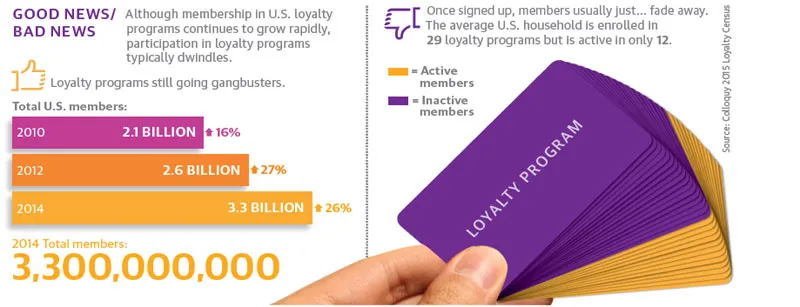
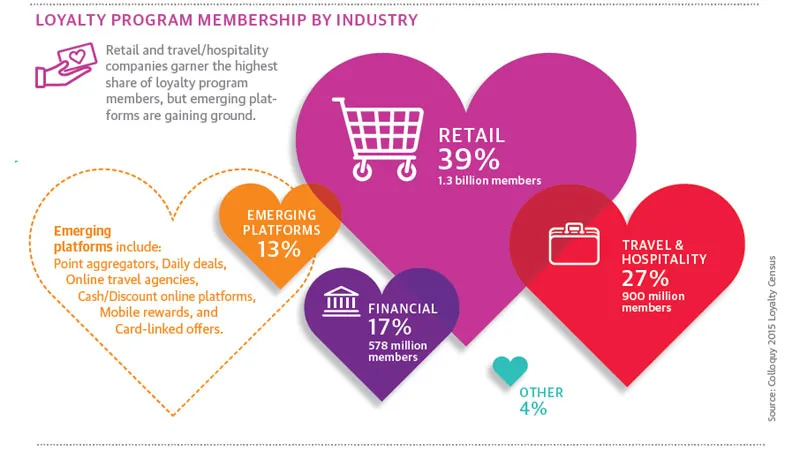
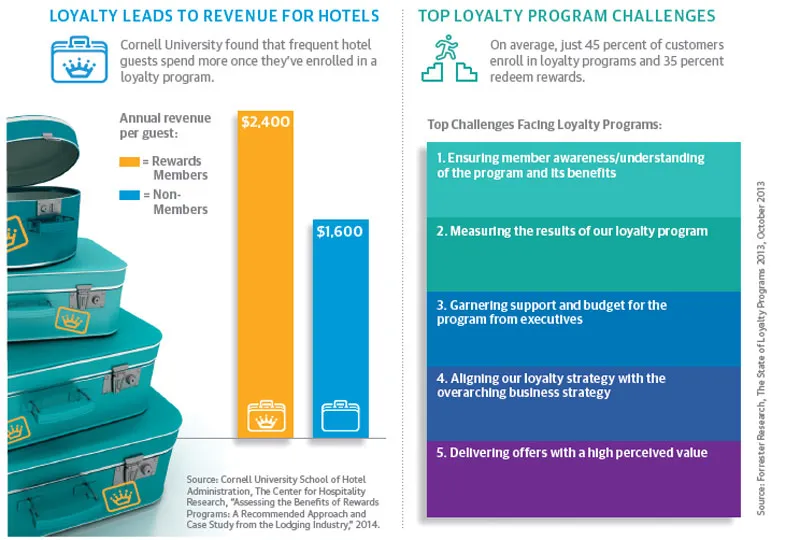
Triggers of real loyalty
Despite their benefits, loyalty programs themselves don’t necessarily translate into loyal customers. With an average of 23 memberships per household, true loyalty to a particular brand is rare. Points and discounts don’t generate commitment and relationships on their own. Customer loyalty must be considered as the combination of behavioral loyalty—repeat purchases and continued use—and attitudinal loyalty—an emotional commitment or liking for a brand.
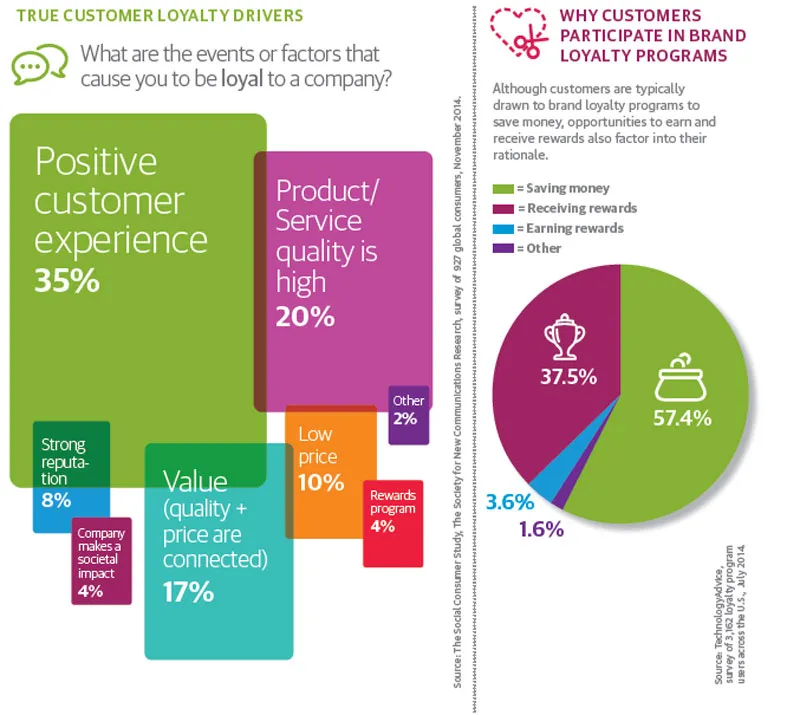
It’s this emotional commitment, combined with customer trust that represents the strongest form of loyalty, Peppers says. While companies can use customer data and analytics to learn more about their customers and to provide them with relevant and personalized experiences that can strengthen loyalty, the power of a customer’s emotional bond to a brand is almost always underestimated by managers who are focused on numbers, transactions, and data.
“If a store clerk simply smiles at a customer, it can create a great deal of loyalty, but that smile is nowhere captured in any data flow,” says Peppers. The entire experience, not just loyalty program participation, influences loyalty.
Making the ROI connection
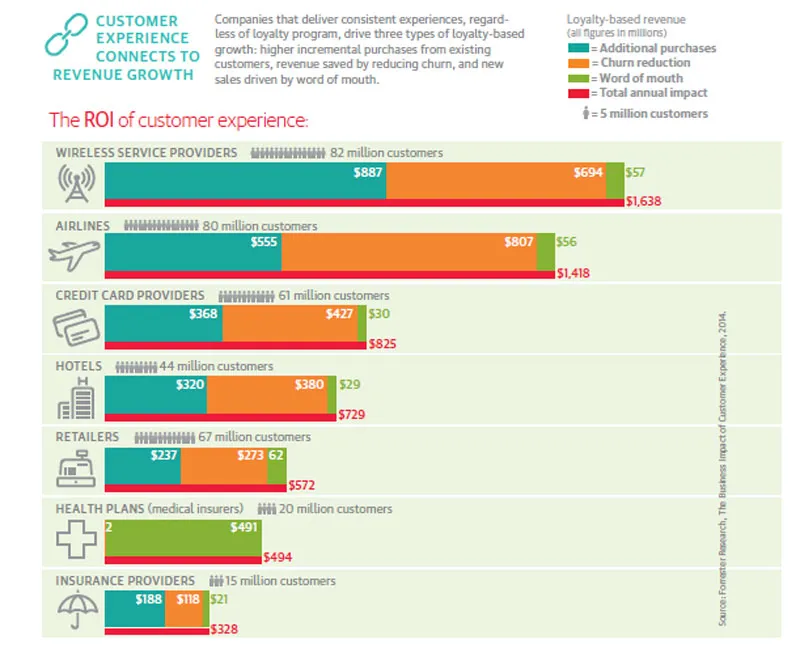
The most effective way to earn customer loyalty is to provide a valuable experience they can’t get anywhere else. Often this means thinking beyond the confines of a loyalty program, aligning multiple departments to create a holistic approach. This leads to engagement, of which loyalty is the end result.
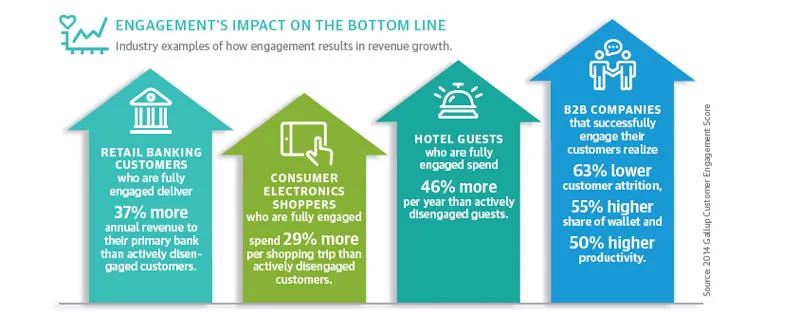
Significant investment in money, time, and resources is often required of this approach. Many companies can’t make the direct connection to the bottom line, so funding goes elsewhere and loyalty strategy stays siloed. However, while many loyalty and engagement initiatives can be hard to measure, it is possible to tie engagement to business results. Engaged customers are less likely to leave for competitors, buy more products, and recommend products and services to others, for example. Connecting the dots will help make the business case for investments that drive customer engagement and result in loyalty.
